Space Tech Giant " NASA" is planning to keep the Asteroids away from Our Home "Earth"...
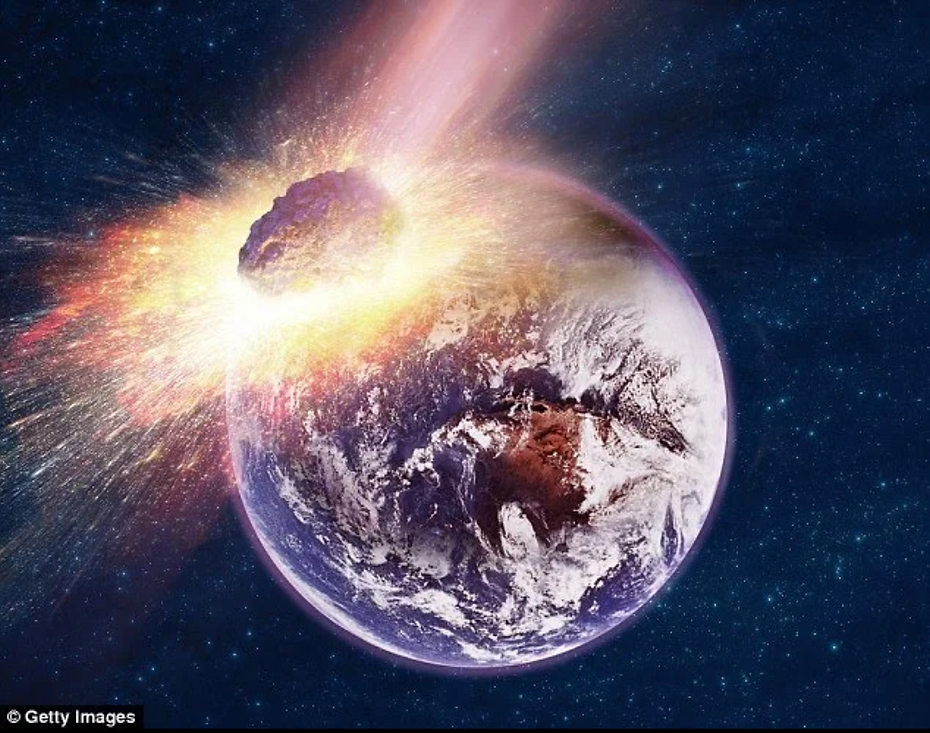
Liz Hurley's model nephew, 21, is fighting for his life after being repeatedly stabbed by a stranger in a London street attack
sciencetech'Pharma bro' Martin Shkreli is sentenced to seven years behind bars after sobbing in court and asking the judge to show him mercy at fraud trial where even his own lawyer said he wanted to punch him in face
Scientists detailed a plan dubbed HAMMER to deal with asteroid threats
In the proposal, a spacecraft could be used as an 'impactor' to deflect an object
But, if there isn't enough time, the experts say it would be better to nuke it
If an asteroid the size of a small village were headed straight toward Earth, there isn’t much we could do on short notice to prevent a major disaster – except blow it up, that is.
Scientists are investigating the possibility of using a specially designed spacecraft to nuke approaching cosmic objects, in hopes that doing so could deflect the threat.
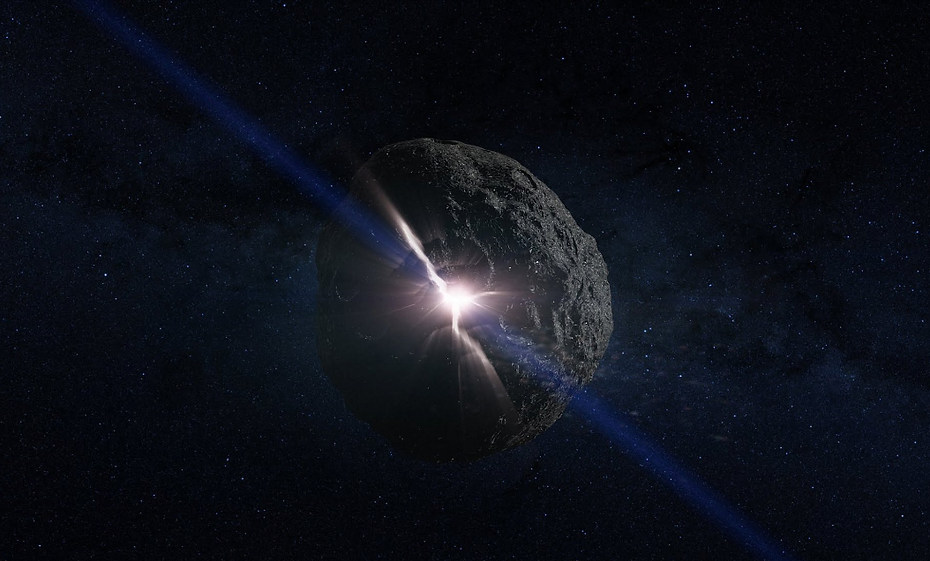
While it could be possible to divert a near-Earth object by slamming into it with a so-called impactor, experts say a nuclear explosion may be the best bet when time is running out.
If an asteroid the size of a small village were headed straight toward Earth, there isn’t much we could do on short notice to prevent a major disaster – except blow it up, that is. An artist's impression of an asteroid collision is pictured
In a new paper, scientists from NASA and the National Nuclear Security Administration have laid out a plan for the Hypervelocity Asteroid Mitigation Mission for Emergency Response (HAMMER).
The 8.8-ton HAMMER spacecraft could be used to steer itself directly into a small asteroid, or blow the space rock up using a nuclear device, according to BuzzFeed News.
If an asteroid the size of a small village were headed straight toward Earth, there isn’t much we could do on short notice to prevent a major disaster – except blow it up, that is. An artist's impression of an asteroid collision is pictured
In a new paper, scientists from NASA and the National Nuclear Security Administration have laid out a plan for the Hypervelocity Asteroid Mitigation Mission for Emergency Response (HAMMER).
The 8.8-ton HAMMER spacecraft could be used to steer itself directly into a small asteroid, or blow the space rock up using a nuclear device, according to BuzzFeed News.
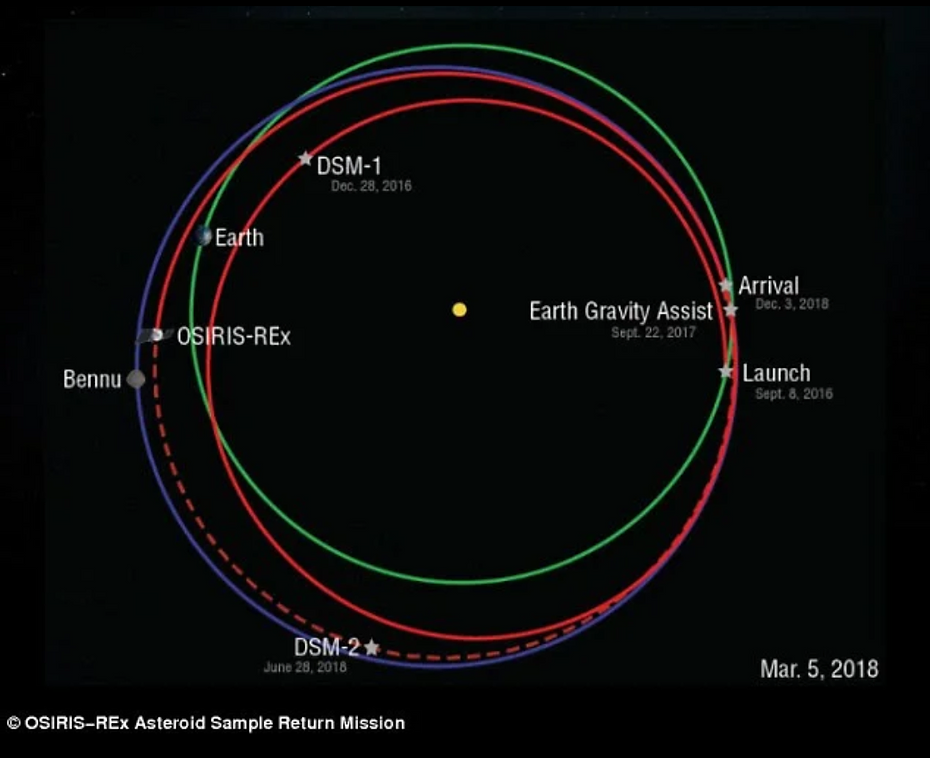
The team has devised a proposal around a potential impact with the 1,600-foot-wide asteroid Bennu, which is currently the destination for NASA’s Osiris-Rex sample return mission.
While Earth isn’t at risk of a collision with Bennu any time soon, there’s a 1 in 2,700 chance it will slam into our planet sometime next century.
Bennu is also the best-studied asteroid of all the known NEOs, the researchers note.
‘The two realistic responses considered are the use of a spacecraft functioning as either a kinetic impactor or a nuclear explosive carrier to deflect the approaching NEO,’ the authors wrote in the study, published to the journal Acta Astronautica.
But, there are several factors that would determine the best approach.
The asteroid’s size and mass must be taken into consideration, along with the amount of time available before it hits Earth.
Plus, there are always ‘various uncertainties.’
While Earth isn’t at risk of a collision with Bennu any time soon, there’s a 1 in 2,700 chance it will slam into our planet sometime next century.
Bennu is also the best-studied asteroid of all the known NEOs, the researchers note.
‘The two realistic responses considered are the use of a spacecraft functioning as either a kinetic impactor or a nuclear explosive carrier to deflect the approaching NEO,’ the authors wrote in the study, published to the journal Acta Astronautica.
But, there are several factors that would determine the best approach.
The asteroid’s size and mass must be taken into consideration, along with the amount of time available before it hits Earth.
Plus, there are always ‘various uncertainties.’
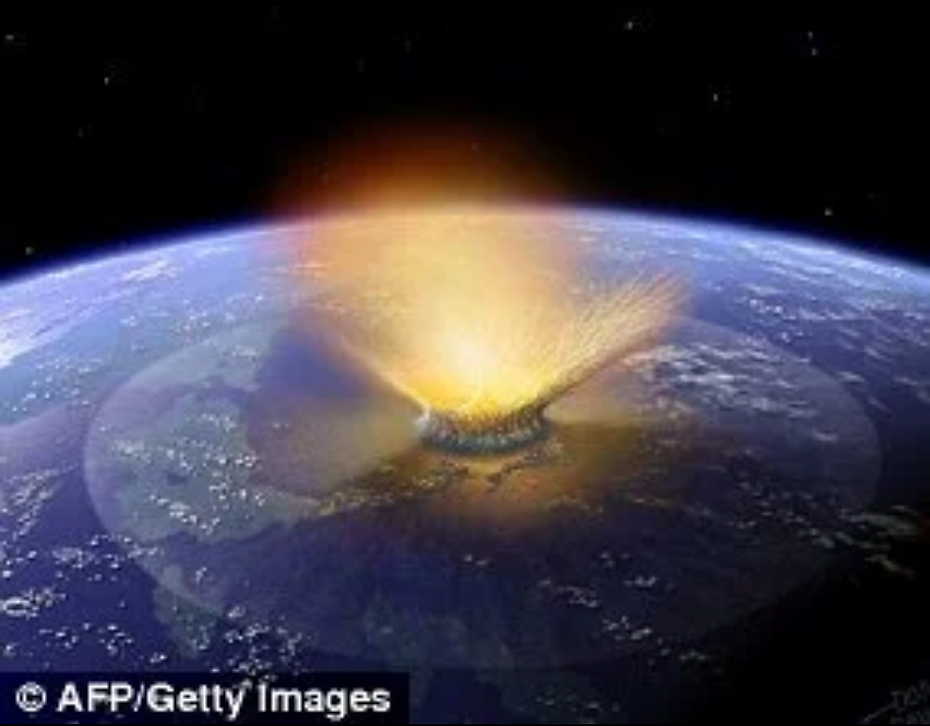
The team has devised a proposal around a potential impact with the 1,600-foot-wide asteroid Bennu (far left in the illustration above). While Earth isn’t at risk of a collision with Bennu any time soon, there’s a 1 in 2,700 chance it will slam into our planet sometime next century
‘Whenever practical, the kinetic impactor is the preferred approach, but various factors, such as large uncertainties or short available response time, reduce the kinetic impactor’s suitability and, ultimately, eliminate its sufficiency,’ the authors wrote.
By driving multiple spacecraft into the asteroid’s path, it could be possible to slow the object down and throw it off course to avoid a collision with Earth.
If the conditions aren’t right to use the kinetic impactor, however, nuking it might be the only option.
‘If the asteroid is small enough, and we detect it early enough, we can do it with the impactor,’ physicist David Dearborn of the Lawrence Livermore National Laboratory told BuzzFeed News.
‘The impactor is not as flexible as the nuclear option when we really want to change the speed of the body in a hurry.’
Despite ongoing efforts to catalogue potential hazards in Earth’s vicinity, scientists have increasingly warned that there are countless large objects that remain undetected. An artist's impression is pictured
IS EARTH DUE FOR A MAJOR ASTEROID IMPACT?
Researchers have discovered most of the asteroids that are about a kilometers in size, but are now on the hunt for those that are about 140m - as they could cause catastrophic damage.
Although nobody knows when the next big impact will occur, scientists have found themselves under pressure to predict - and intercept - its arrival.
Artist's impression pictured
'Sooner or later we will get... a minor or major impact,' said Rolf Densing, who heads the European Space Operations Centre (ESOC) in Darmstadt, ahead of International Asteroid Day on Friday.
It may not happen in our lifetime, he said, but 'the risk that Earth will get hit in a devastating event one day is very high.'
For now, there is little we can do.
And yet, the first-ever mission to crash a probe into a small space rock to alter its trajectory suffered a major setback when European ministers declined in December to fund part of the project.
'We are not ready to defend ourselves' against an Earth-bound object, said Densing. 'We have no active planetary defense measures.'
‘Whenever practical, the kinetic impactor is the preferred approach, but various factors, such as large uncertainties or short available response time, reduce the kinetic impactor’s suitability and, ultimately, eliminate its sufficiency,’ the authors wrote.
By driving multiple spacecraft into the asteroid’s path, it could be possible to slow the object down and throw it off course to avoid a collision with Earth.
If the conditions aren’t right to use the kinetic impactor, however, nuking it might be the only option.
‘If the asteroid is small enough, and we detect it early enough, we can do it with the impactor,’ physicist David Dearborn of the Lawrence Livermore National Laboratory told BuzzFeed News.
‘The impactor is not as flexible as the nuclear option when we really want to change the speed of the body in a hurry.’
Despite ongoing efforts to catalogue potential hazards in Earth’s vicinity, scientists have increasingly warned that there are countless large objects that remain undetected. An artist's impression is pictured
IS EARTH DUE FOR A MAJOR ASTEROID IMPACT?
Researchers have discovered most of the asteroids that are about a kilometers in size, but are now on the hunt for those that are about 140m - as they could cause catastrophic damage.
Although nobody knows when the next big impact will occur, scientists have found themselves under pressure to predict - and intercept - its arrival.
Artist's impression pictured
'Sooner or later we will get... a minor or major impact,' said Rolf Densing, who heads the European Space Operations Centre (ESOC) in Darmstadt, ahead of International Asteroid Day on Friday.
It may not happen in our lifetime, he said, but 'the risk that Earth will get hit in a devastating event one day is very high.'
For now, there is little we can do.
And yet, the first-ever mission to crash a probe into a small space rock to alter its trajectory suffered a major setback when European ministers declined in December to fund part of the project.
'We are not ready to defend ourselves' against an Earth-bound object, said Densing. 'We have no active planetary defense measures.'
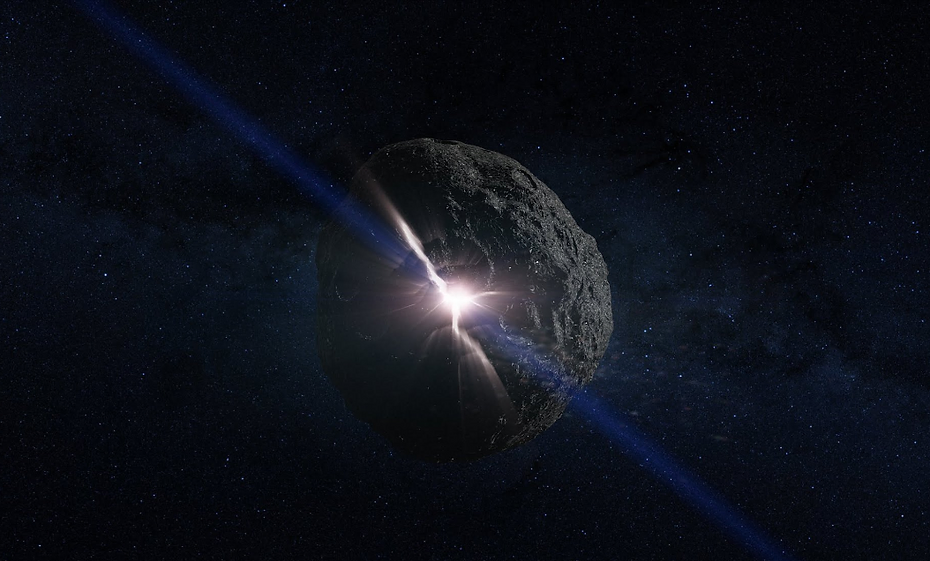
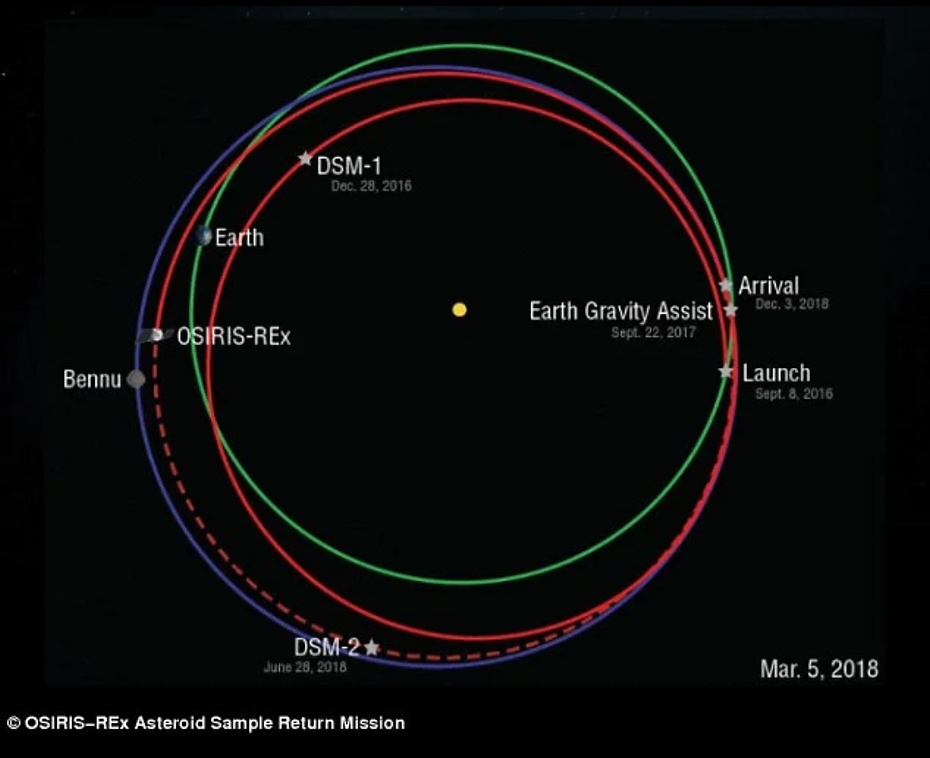
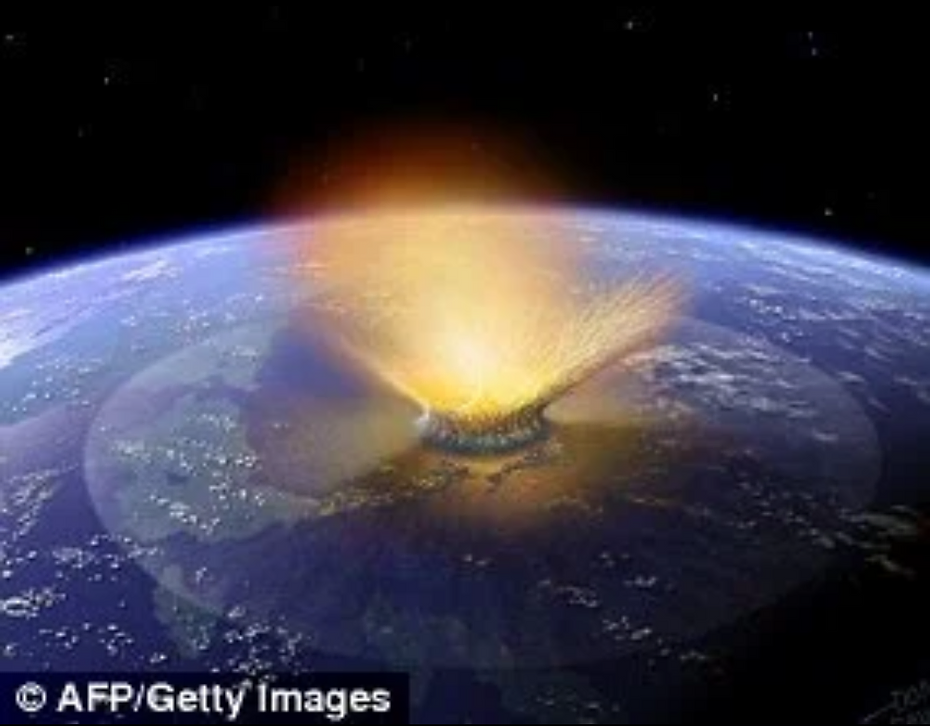
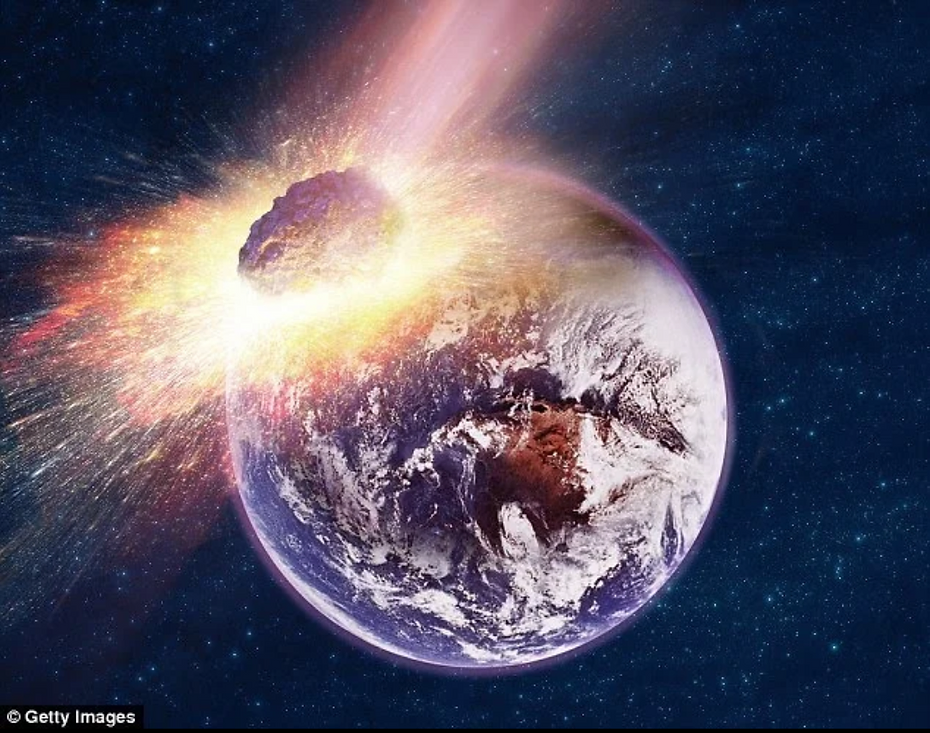
Despite ongoing efforts to catalog potential hazards in Earth’s vicinity, scientists have increasingly warned that there are countless large objects that remain undetected.
Given the risk of an inevitable impact sometime in the future, the experts say it’s necessary to plan for the worst.
The researchers will present their proposal at a conference in Japan this coming May.
For now, however, whether or not the HAMMER plan will ever come to fruition remains up in the air.
Given the risk of an inevitable impact sometime in the future, the experts say it’s necessary to plan for the worst.
The researchers will present their proposal at a conference in Japan this coming May.
For now, however, whether or not the HAMMER plan will ever come to fruition remains up in the air.
Thanks for your attention....
Wish you a happy reading with us...
By :- My Science WORLD

Comments
Post a Comment